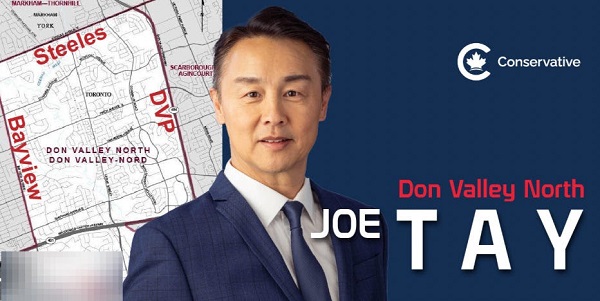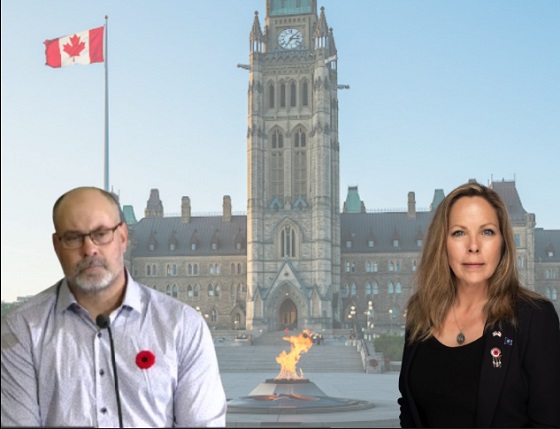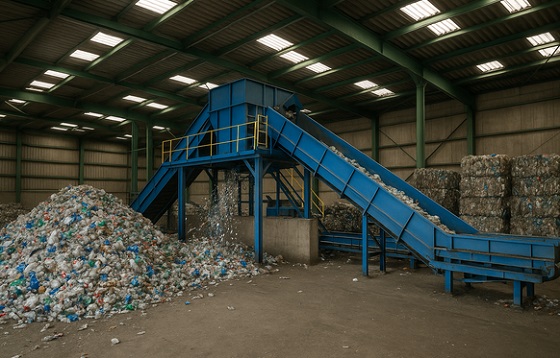Business
Canada ‘extremely concerned’ about fate of Line 5 pipeline in Wisconsin, embassy says
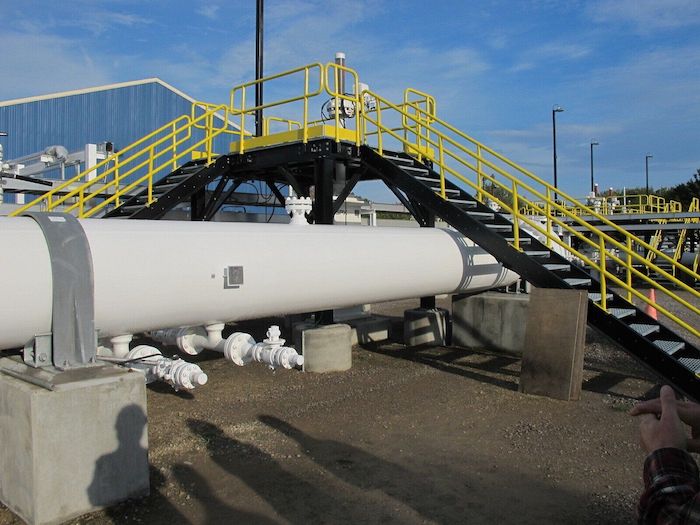
Canada’s embassy in Washington says it is “extremely concerned” about the fate of the Line 5 cross-border pipeline. This photo taken in October 2016 shows an aboveground section of Enbridge’s Line 5 at the Mackinaw City, Mich., pump station. THE CANADIAN PRESS/AP-John Flesher
By James McCarten in Washington
Canada’s embassy in Washington says it is “extremely concerned” about the fate of the Line 5 cross-border pipeline.
A court hearing Thursday in Wisconsin could determine whether the pipeline, owned and operated by Enbridge Inc., is allowed to continue operating.
“The energy security of both Canada and the United States would be directly impacted by a Line 5 closure,” the embassy said in a statement.
“At a time of heightened concern over energy security and supply, including during the energy transition, maintaining and protecting existing infrastructure should be a top priority.”
The Bad River Band of Lake Superior Chippewa says spring flooding has heightened the risk of a rupture and it wants a federal judge to shut the line down.
A strongly worded statement from the embassy says doing so would endanger more than 33,000 U.S. jobs and US$20 billion in economic activity.
Canada argues that Line 5 is a vital energy conduit across the U.S. Midwest and an economic lifeline for Alberta, Saskatchewan, Ontario and Quebec.
The Indigenous band fears a rupture would foul not only a key watershed on its territory, but also the waters of Lake Superior.
Canada has already invoked a 1977 pipelines treaty with the U.S. in both Wisconsin and Michigan, where Michigan’s attorney general is also in court trying to get the pipeline shut down.
Talks under that treaty have been ongoing for months, with the latest session taking place last month in Washington.
“Canada invoked the treaty’s dispute settlement provisions because actions to close Line 5 represent a violation of Canada’s rights under the treaty to an uninterrupted flow of hydrocarbons in transit,” the embassy said.
“If a shutdown were ordered because of this specific, temporary flood situation, Canada expects the United States to comply with its obligations under the 1977 Transit Pipelines Treaty, including the expeditious restoration of normal pipeline operations.”
Spring flooding has washed away significant portions of the riverbank where Line 5 intersects Wisconsin’s Bad River, a meandering, 120-kilometre course through Indigenous territory that feeds Lake Superior and a complex network of ecologically delicate wetlands.
The band has been in court with Enbridge since 2019 in an effort to compel the pipeline’s owner and operator to reroute Line 5 around its traditional territory — something the company has already agreed to do.
But the flooding has turned a theoretical risk into a very real one, the band argued in an emergency motion last week, and wants the pipeline closed off immediately to prevent catastrophe.
“There can be little doubt now that the small amount of remaining bank could be eroded and the pipeline undermined and breached in short order,” the band’s lawyers argued.
“Very little margin for error remains.”
Line 5 meets the river on Indigenous territory just past a location the court has come to know as the “meander,” where the riverbed snakes back and forth multiple times, separated from itself only by several metres of forest and the pipeline.
At four locations, the river was less than 4.6 metres from the pipeline — just 3.4 metres in one particular spot — and the erosion has continued in recent days at an “alarming” rate, the motion said.
In one case, so-called “monuments” installed to measure the losses show that where there was more than 10 metres of riverbank in early April before the flooding began, only 3.7 metres remained as of last Tuesday.
“Significant erosion is continuing as of the filing of this motion, and the evidence strongly suggests that further bank loss could be substantial and result in exposure and rupture of the pipeline.”
Wisconsin district court Judge William Conley will hear oral arguments on the motion Thursday. It’s not clear when he’ll decide whether to grant an injunction that would require Enbridge to shut down the pipeline and purge its contents.
Enbridge has described the motion as “truly outrageous” and unnecessary: “There is no pipeline safety issue and certainly no cause for alarm.”
This report by The Canadian Press was first published May 16, 2023.
Business
Federal government’s accounting change reduces transparency and accountability

From the Fraser Institute
By Jake Fuss and Grady Munro
Carney’s deficit-spending plan over the next four years dwarfs the plan from Justin Trudeau, the biggest spender (per-person, inflation-adjusted) in Canadian history, and will add many more billions to Canada’s mountain of federal debt. Yet Prime Minister Carney has tried to sell his plan as more responsible than his predecessor’s.
All Canadians should care about government transparency. In Ottawa, the federal government must provide timely and comprehensible reporting on federal finances so Canadians know whether the government is staying true to its promises. And yet, the Carney government’s new spending framework—which increases complexity and ambiguity in the federal budget—will actually reduce transparency and make it harder for Canadians to hold the government accountable.
The government plans to separate federal spending into two budgets: the operating budget and the capital budget. Spending on government salaries, cash transfers to the provinces (for health care, for example) and to people (e.g. Old Age Security) will fall within the operating budget, while spending on “anything that builds an asset” will fall within the capital budget. Prime Minister Carney plans to balance the operating budget by 2028/29 while increasing spending within the capital budget (which will be funded by more borrowing).
According to the Liberal Party platform, this accounting change will “create a more transparent categorization of the expenditure that contributes to capital formation in Canada.” But in reality, it will muddy the waters and make it harder to evaluate the state of federal finances.
First off, the change will make it more difficult to recognize the actual size of the deficit. While the Carney government plans to balance the operating budget by 2028/29, this does not mean it plans to stop borrowing money. In fact, it will continue to borrow to finance increased capital spending, and as a result, after accounting for both operating and capital spending, will increase planned deficits over the next four years by a projected $93.4 billion compared to the Trudeau government’s last spending plan. You read that right—Carney’s deficit-spending plan over the next four years dwarfs the plan from Justin Trudeau, the biggest spender (per-person, inflation-adjusted) in Canadian history, and will add many more billions to Canada’s mountain of federal debt. Yet Prime Minister Carney has tried to sell his plan as more responsible than his predecessor’s.
In addition to obscuring the amount of borrowing, splitting the budget allows the government to get creative with its accounting. Certain types of spending clearly fall into one category or another. For example, salaries for bureaucrats clearly represent day-to-day operations while funding for long-term infrastructure projects are clearly capital investments. But Carney’s definition of “capital spending” remains vague. Instead of limiting this spending category to direct investments in long-term assets such as roads, ports or military equipment, the government will also include in the capital budget new “incentives” that “support the formation of private sector capital (e.g. patents, plants, and technology) or which meaningfully raise private sector productivity.” In other words, corporate welfare.
Indeed, based on the government’s definition of capital spending, government subsidies to corporations—as long as they somehow relate to creating an asset—could potentially land in the same spending category as new infrastructure spending. Not only would this be inaccurate, but this broad definition means the government could potentially balance the operating budget simply by shifting spending over to the capital budget, as opposed to reducing spending. This would add to the debt but allow the government to maneuver under the guise of “responsible” budgeting.
Finally, rather than split federal spending into two budgets, to increase transparency the Carney government could give Canadians a better idea of how their tax dollars are spent by providing additional breakdowns of line items about operating and capital spending within the existing budget framework.
Clearly, Carney’s new spending framework, as laid out in the Liberal election platform, will only further complicate government finances and make it harder for Canadians to hold their government accountable.
Business
Carney poised to dethrone Trudeau as biggest spender in Canadian history

From the Fraser Institute
By Jake Fuss
The Liberals won the federal election partly due to the perception that Prime Minister Mark Carney will move his government back to the political centre and be more responsible with taxpayer dollars. But in fact, according to Carney’s fiscal plan, he doesn’t think Justin Trudeau was spending and borrowing enough.
To recap, the Trudeau government recorded 10 consecutive budget deficits, racked up $1.1 trillion in debt, recorded the six highest spending years (per person, adjusted for inflation) in Canadian history from 2018 to 2023, and last fall projected large deficits (and $400 billion in additional debt) over the next four years including a $42.2 billion deficit this fiscal year.
By contrast, under Carney’s plan, this year’s deficit will increase to a projected $62.4 billion while the combined deficits over the subsequent three years will be $67.7 billion higher than under Trudeau’s plan.
Consequently, the federal debt, and debt interest costs, will rise sharply. Under Trudeau’s plan, federal debt interest would have reached a projected $66.3 billion in 2028/29 compared to $68.7 billion under the new Carney plan. That’s roughly equivalent to what the government will spend on employment insurance (EI), the Canada Child Benefit and $10-a-day daycare combined. More taxpayer dollars will be diverted away from programs and services and towards servicing the debt.
Clearly, Carney plans to be a bigger spender than Justin Trudeau—who was the biggest spender in Canadian history.
On the campaign trail, Carney was creative in attempting to sell this as a responsible fiscal plan. For example, he split operating and capital spending into two separate budgets. According to his plan’s projections, the Carney government will balance the operating budget—which includes bureaucrat salaries, cash transfers (e.g. health-care funding) and benefits (e.g. Old Age Security)—by 2028/29, while borrowing huge sums to substantially increase capital spending, defined by Carney as anything that builds an asset. This is sleight-of-hand budgeting. Tell the audience to look somewhere—in this case, the operating budget—so it ignores what’s happening in the capital budget.
It’s also far from certain Carney will actually balance the operating budget. He’s banking on finding a mysterious $28.0 billion in savings from “increased government productivity.” His plan to use artificial intelligence and amalgamate service delivery will not magically deliver these savings. He’s already said no to cutting the bureaucracy or reducing any cash transfers to the provinces or individuals. With such a large chunk of spending exempt from review, it’s very difficult to see how meaningful cost savings will materialize.
And there’s no plan to pay for Carney’s spending explosion. Due to rising deficits and debt, the bill will come due later and younger generations of Canadians will bear this burden through higher taxes and/or fewer services.
Finally, there’s an obvious parallel between Carney and Trudeau on the inventive language used to justify more spending. According to Carney, his plan is not increasing spending but rather “investing” in the economy. Thus his campaign slogan “Spend less, invest more.” This wording is eerily similar to the 2015 and 2019 Trudeau election platforms, which claimed all new spending measures were merely “investments” that would increase economic growth. Regardless of the phrasing, Carney’s spending increases will produce the same results as under Trudeau—federal finances will continue to deteriorate without any improvement in economic growth. Canadian living standards (measured by per-person GDP) are lower today than they were seven years ago despite a massive increase in federal “investment” during the Trudeau years. Yet Carney, not content to double down on this failed approach, plans to accelerate it.
The numbers don’t lie; Carney’s fiscal plan includes more spending and borrowing than Trudeau’s plan. This will be a fiscal and economic disaster with Canadians paying the price.
-
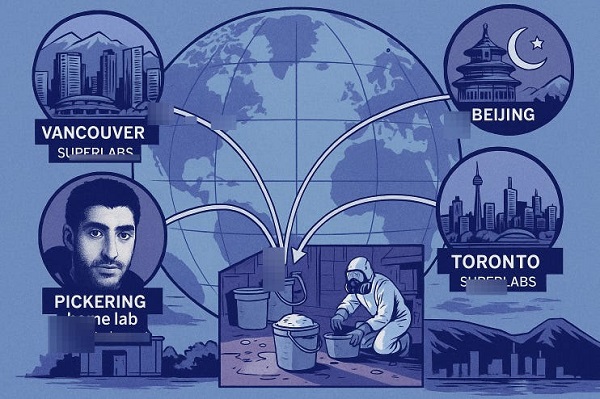
 Crime21 hours ago
Crime21 hours agoCanada Blocked DEA Request to Investigate Massive Toronto Carfentanil Seizure for Terror Links
-
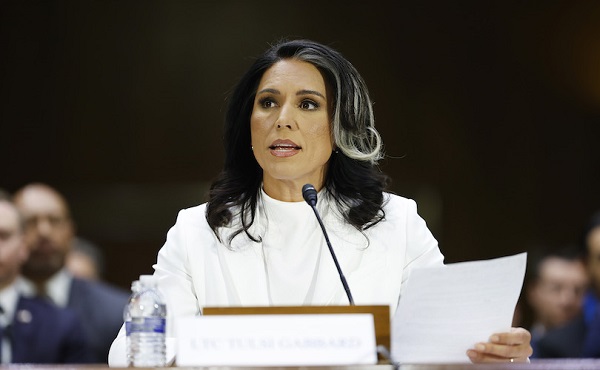
 COVID-1912 hours ago
COVID-1912 hours agoTulsi Gabbard says US funded ‘gain-of-function’ research at Wuhan lab at heart of COVID ‘leak’
-
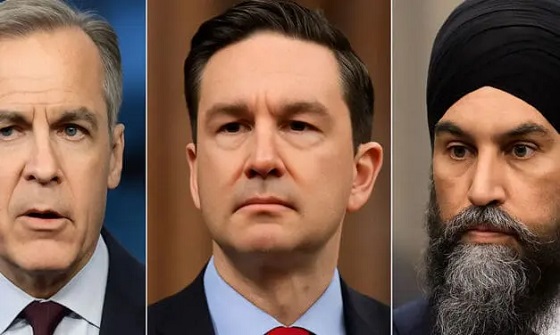
 2025 Federal Election1 day ago
2025 Federal Election1 day agoThe Liberals torched their own agenda just to cling to power
-
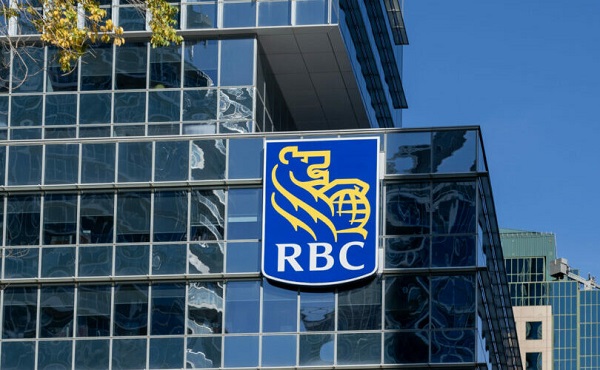
 Business13 hours ago
Business13 hours agoTop Canadian bank ditches UN-backed ‘net zero’ climate goals it helped create
-
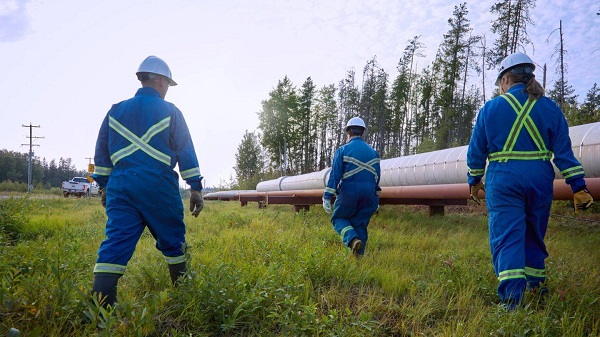
 Alberta1 day ago
Alberta1 day ago‘Existing oil sands projects deliver some of the lowest-breakeven oil in North America’
-

 Business1 day ago
Business1 day agoOverregulation is choking Canadian businesses, says the MEI
-

 2025 Federal Election5 hours ago
2025 Federal Election5 hours agoMark Carney vows to ‘deepen’ Canada’s ties with the world, usher in ‘new economy’
-

 Health5 hours ago
Health5 hours agoRFK Jr. orders placebo safety trials for all new vaccines in major policy decision


